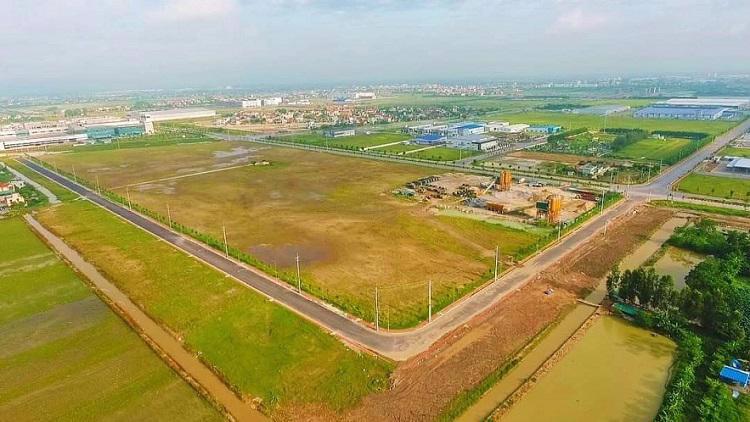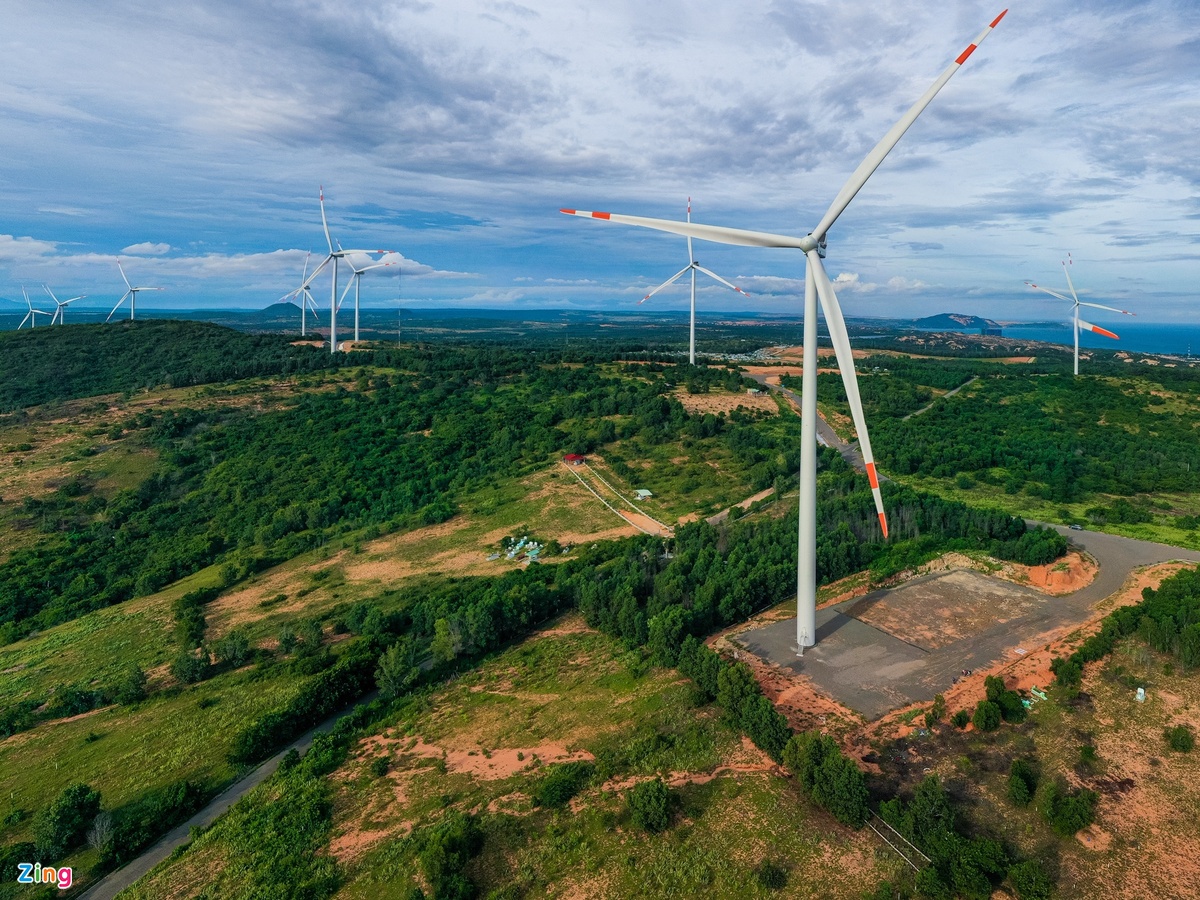Nguyen Hung Ha
The Government of Vietnam has recently submitted the Draft Land Law (the “Draft”) to the Fourth Session of the Fifteenth National Assembly for discussion. The Draft will introduce a number of key changes to the Land Law of 2013 (the “Current Law”). Some of the most significant ones, especially for businesses and developers, are briefly noted as follows:
1. Abolishing Land Price Frame and amending regulations on Land Price Table and Specific Land Price to better reflect the market price.
In accordance with Article 113 of Current Law, the Government shall promulgate land price frames once every 5 years for each category of land and for each region. During such 5-year period, in case the popular price in the market increases 20% or more over the maximum price or reduces 20% or more below the minimum price prescribed in Land Price Frame, the Government shall adjust Land Price Frame accordingly. Based on the Land Price Frames, each province shall public its own Land Price Table once for every 5 year and Specific Land Price applicable to determining land levy/land rental and income tax upon land use rights transfer.
In an effort to bring the land price closer to the real market situation, the Draft abandons Land Price Frame, thus empowering provincial authorities to determines and public Land Price Table once a year. Such Land Price Table, among other cases, shall be applied to decide the additional land levy/land rental against project owners who delay to put land into use as approved schedule.
According to Article 131 of the Draft, Specific Land Price will be decided by the Provincial People’s Committee on a case-to-case basis based on the recommendation of the Land Price Appraisal Council chaired by the Chairman of the People’s Committee. Other than cases provided for under the Land Law 2013, the Draft supplements another case when Specific Land Price applies, which is when project owners amend the project leading to the change of land use ratio and/or land use purposes compared to the pre-approved project.
2. Stricter rules against investment projects which delay in putting land into use are introduced.
Article 124.1 of the Draft supplements another case of land revenues, which is ‘additional land use levy, land rental against projects which are behind schedule and delaying in putting the land into use”.
Furthermore, Article 69.1.i of the Draft specify the case for land expropriation when the land users fail to pay the additional land levy/land rental as per Article 124.1 and failed to put the land into use even after being sanctioned by the authority.
In comparision with Article 64.1.i of the Current Law, which allows an extended period of 24 months with payment of a sum of money equivalent to the land use levy or land rental for the delayed period for land users/investors who has already delayed by 12 to 24 months to the approved schedule of the projects, the Draft does not specified the long extended period as well as the additional levy/rent would be closer to market price as the rule on Land Price Table, which is the ground to calculate the additional levy/rental, changes.
3. Granting the authority to change the land use purpose of paddy field, special-use forest, protection forest to provincial People’s Council for implementation of investment project.
Under the Current Law, the written approval from the Prime Minister is a pre-condition of investment project involving the change of land use purpose of paddy field with the area of 10 ha or more and of protection forest and special use forest with the area of 20 ha or more.
To further facilitate the implementation of investment projects, Article 60 of the Draft drops the requirement of Prime Minister approval and giving such authority to the provincial People’s Council.
4. Supplementing cases where the authority is allowed to expropriate land for social- economic development for national and public interests
Article 67 of the Draft supplement more circumstances when the authority is allowed to conduct land expropriation for social-economic causes, which will fast track the site – clearance process of many development projects.
Specifically, the additional cases are listed as below:
- Projects use land at the auxiliary region of the infrastructure projects pre- determined at the land use plans and land use plannings. (Article 67.3.e)
- Projects not funded by state budget but falling under special preference category as per the investment law. (Article 67.4).
- Projects for urban renovation, rural residential renovation when all the following pre- conditions are met (Article 67.5):
– Being the renovation of old apartment building; renovation of residential area subject to environment pollution, land slide or national disasters thus threatening the lives of people; relocation of factory and business factory causing serious environment contamination.
– Land expropriation site will cover both the aforementioned facilities and its auxiliary area.
– The investment projects must be in line with the construction and renovation of the systems of technical infrastructure, social infrastructure, environment protection and climate change adaptation.
- Sea reclamation projects (Article 67.6)
- Site-clearance projects separated from approved development projects. (Article 67.7).
5. More flexible mechanism for site clearance is introduced
To deal with the fact that a large number of infrastructure projects was delayed due to site clearance, Article 100 of the Draft allows the practice of separating site-clearance process of an investment project into an independent project. For key investment project approved by the National Assembly or investment project falling under group A, which is passed by the Prime Minister or Provincial People’s Council, the site-clearance project will be established at the same time with the in-principle approval of the investment project.
For investment project funded by private sector falling under the cases where the State shall be in charge of site clearance, the establishment of a separated site-clearance project shall be at the investor request and shall be approved only after the in-principal approval of the investment project is granted by competent authorities.
6. More specific regulations on establishment of Land Development Fund, Land Development Organization and Agriculture Land Bank
Article 103 of the Draft prescribes that the provincial People’s Committee shall spare no less than 10% of the amount of money collected from land use levy/land rental to contribute to the Land Development Fund. The Land Development Fund with the given resources will finance the approved site-clearance projects.
Land Development Organization (“LDO”) will be established in the form of a wholly state-owned public services provider enterprise or an public service provider unit directly under the Provincial People’s Committee. LDO shall be in charge of implementing approved site-clearance projects, conduct management of cleared land and conduct land auction.
Other than LDOs established by provincial authority, the central Government will establish Agricultural Land Bank (“ALB”). ALB will be organized as a not-for-profit state-owned enterprise. In accordance with Article 106.2 of the Draft, ALB shall acquire agricultural land through land transfer transaction or leasing land from the government to re-lease or re-transfer to investors wishing to implement investment projects in agriculture.
7. New regulations are introduced for Real Estate Development Projects
Article 211.5 of the Draft rules that “the transfer, lease, re-lease of land use rights for real estate development project shall be conducted through real estate trading platforms as prescribed under legal regulations on real estate business”.
However, it is noted that under the current Law on Real Estate Business, it is not a compulsory requirement for products of real estate development project to be transferred via a real estate trading platform. Therefore, such new rule of the Draft still needs to wait for the amended Law on Real Estate Business to be practically performed in reality.
Additionally, Article 216.1.a of the Draft prohibits developers of urban development projects and real estate project in the area planned for urban development from transferring land use rights in the form of dividing land parcels; whereas the Current Land Law allows transferring land parcels as long as it fits the approved planning and the investor has finished construction of the infrastructure and fulfilled its financial obligations to the State.
8. The Draft provides consequences for Land-use Plans which were delayed in implementation
In order to deal with many land users are stuck with delayed Land-use Plan making them unable to perform rights of land users like the right to transfer, the right to upgrade their construction facilities on land for a extended period of time, Article 51.5 of the Draft gives deadline to implement approved Land-use Plans.
More specifically, for the land included into the approved district-levelled Land-Use Plan but not being expropriated within 03 years or being switched to other using purpose as per the approved Plan, then the local government is obliged to amend or abolish such Plan. Even in case the authority does not abolish the Plan, the land users still automatically regain all of their rights as land users without any restriction,
For public investment projects listed in the approved Land-use Plan not being implemented within 5 years, the land users inside the planned zones shall also automatically regain all of their land use rights.
9. Authority to resolve land disputes after failure of reconciliation will be assigned solely to the Court
Under Article 203 of the Current Land Law, for land disputes when none of the involving parties has the land use rights certificate or related documentation proving titles shall be either the Court or the district levelled People’s Committee where the land locates at the choice of the claimant.
Since such rule creates confusion and not suitable for administrative function of the People’s Committee, Article 226 of the Draft strips district-levelled People’s Committee of dispute resolution authority, making the Court the sole dispute resolution institution for land disputes. The Draft also legalizes the obligation of the local People’s Committee to provide land management dossier at the request of the Court to facilitate the dispute resolution.







